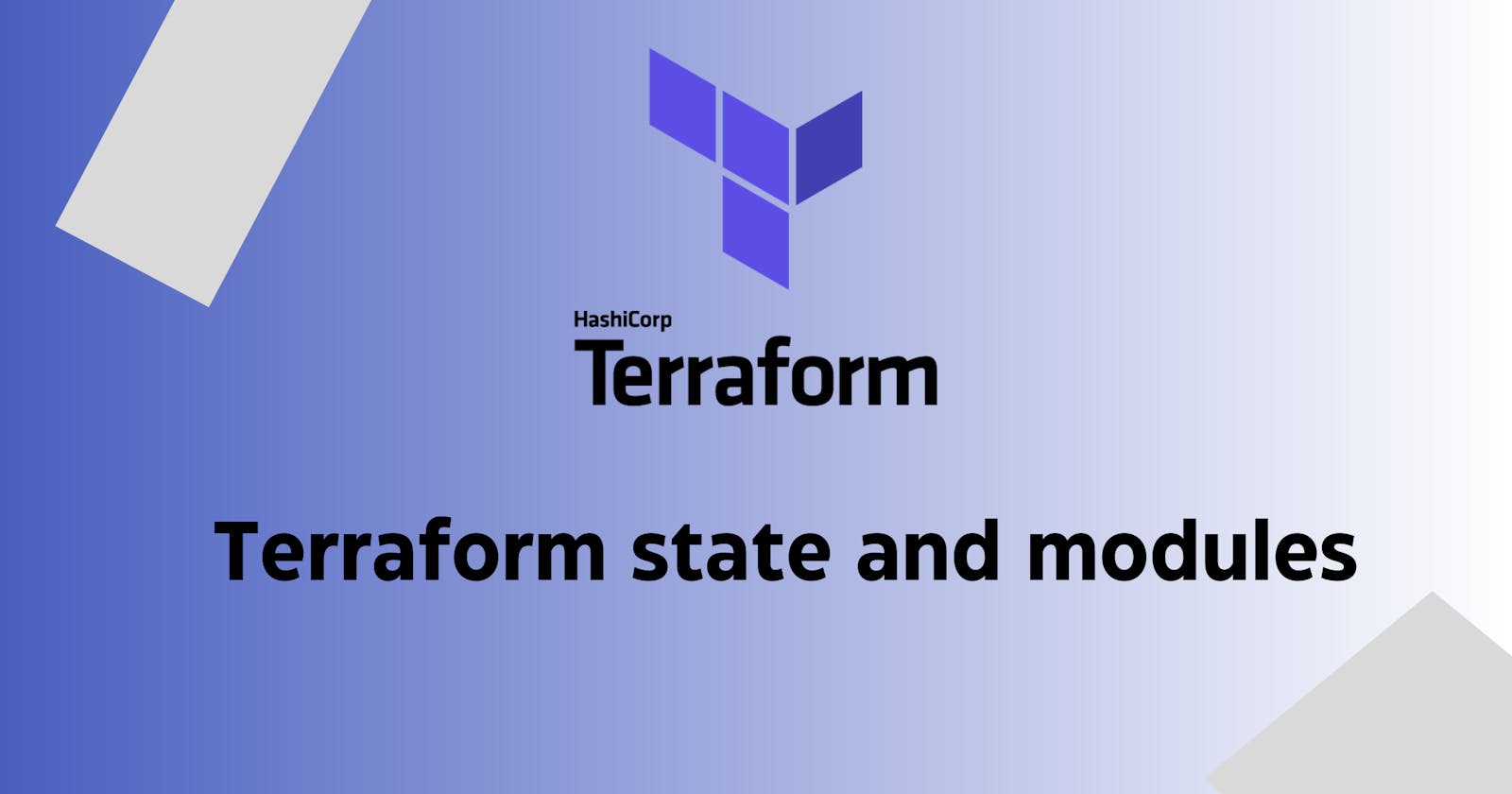Table of contents
Terraform is an open-source infrastructure as code (IaC) tool that allows you to manage your infrastructure by defining it as code. It is designed to be cloud-agnostic, meaning it can manage resources across multiple cloud providers such as Amazon Web Services (AWS), Google Cloud Platform (GCP), and Microsoft Azure.
Two key concepts in Terraform are state and modules. The state is a record of the current state of your infrastructure, while modules are reusable blocks of infrastructure code that can be used across multiple projects. In this blog, we will take a closer look at Terraform state locking and Terraform modules.
Terraform State Locking
Terraform state is a critical component of your infrastructure, as it contains all the information about the resources that Terraform is managing. The state is stored in a file called the state file. By default, Terraform stores the state file locally on the machine running Terraform. However, if you are working in a team, you will likely want to store the state file remotely so that all team members can access it.
When multiple people are working on the same infrastructure code, there is a risk of two or more people trying to update the state file simultaneously. This can lead to conflicts and data corruption. To prevent this from happening, Terraform provides a feature called state locking.
State locking is the process of preventing multiple users from making changes to the same state file at the same time. When you enable state locking, Terraform will lock the state file before making any changes to it. This ensures that only one user can make changes to the state file at any given time.
There are two types of state locking: file-based and remote-based. File-based locking is the default and is suitable for small teams working on a single project. Remote-based locking is recommended for larger teams working on multiple projects or for teams that are distributed across multiple locations.
To use remote-based state locking, you need to configure a backend that supports locking. Terraform supports several backend providers, including Amazon S3, Google Cloud Storage, and Microsoft Azure Blob Storage.
Terraform Modules
Terraform modules are a way to organize your infrastructure code into reusable, configurable, and shareable components. Modules allow you to encapsulate a set of resources and their dependencies into a single entity that can be used across multiple projects.
A Terraform module can contain any combination of resources, variables, and outputs. Modules can also include other modules, allowing you to build complex infrastructure topologies.
When you create a module, you define a set of inputs (variables) and outputs. Inputs allow you to configure the module based on your specific requirements, while outputs allow you to expose information about the resources created by the module.
Modules can be published and shared with other users, allowing you to leverage the work of others and collaborate more effectively. The Terraform Registry is a central repository for sharing and discovering Terraform modules.
To use a module, you need to include it in your Terraform code. This is done using the module block, which specifies the source of the module and any input variables. Once you have included a module in your code, you can use its outputs just like any other resource.
Conclusion
Terraform state locking and Terraform modules are two important concepts that can help you manage your infrastructure code more effectively. State locking helps prevent conflicts and data corruption when multiple users are working on the same infrastructure code, while modules allow you to organize your code into reusable components that can be shared across multiple projects.
By understanding these concepts and incorporating them into your infrastructure code, you can improve your team's productivity, reduce the risk of errors, and build more scalable and maintainable infrastructure.
Thank you for reading this blog and if any queries or if any corrections to be done in this blog please let me know.
contact us in Linkedin ,Twitter or email-id gurucharanu716@gmail.com

